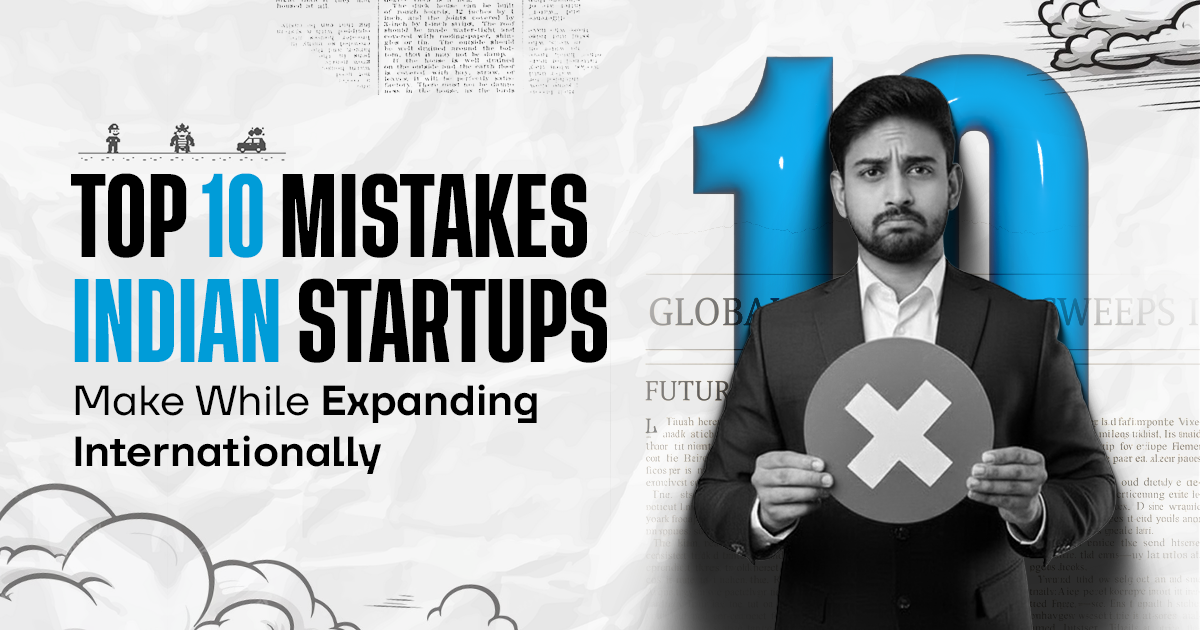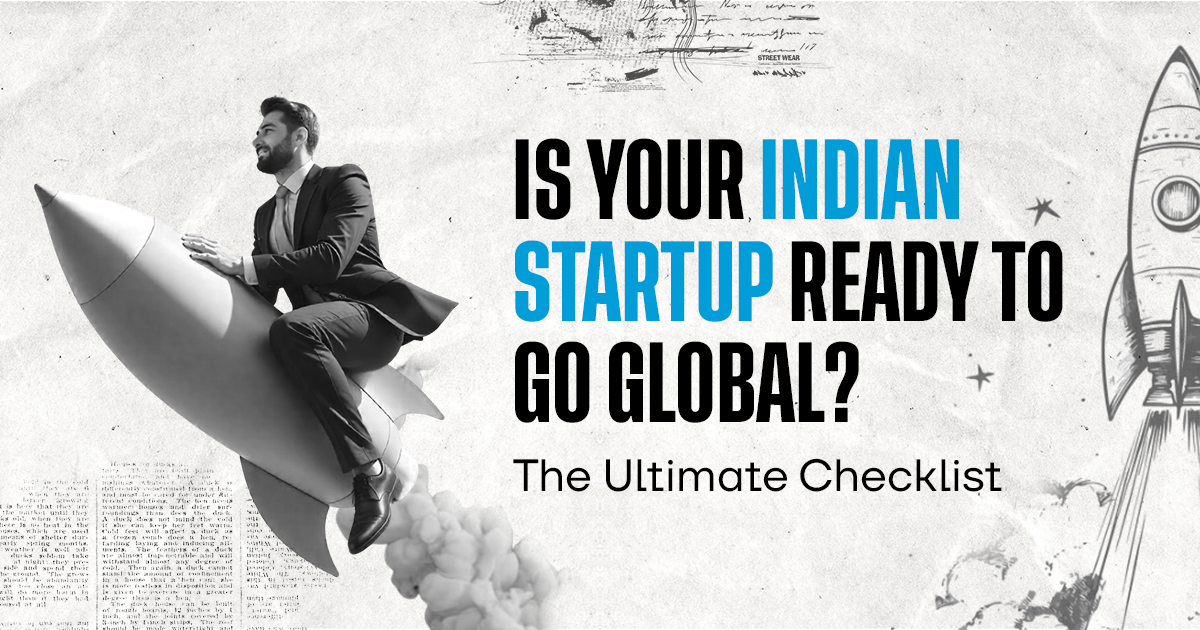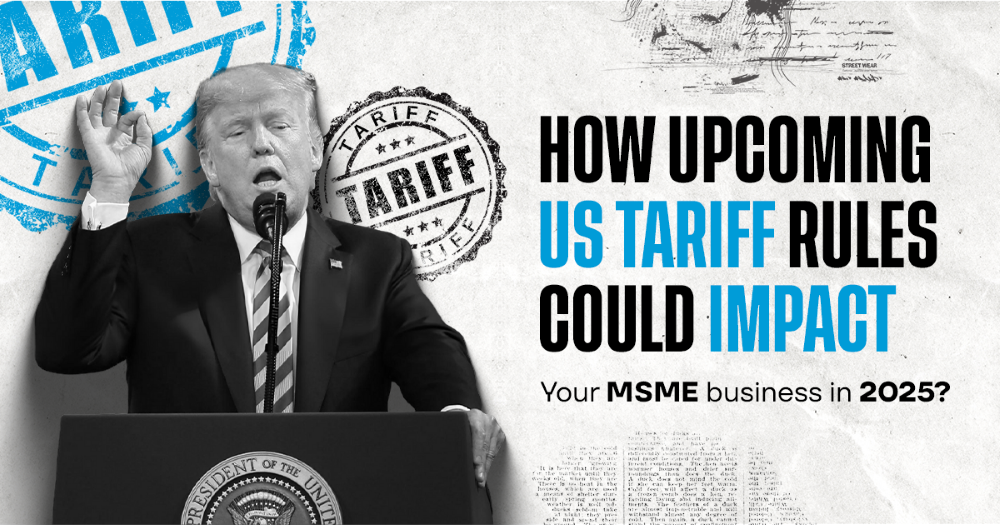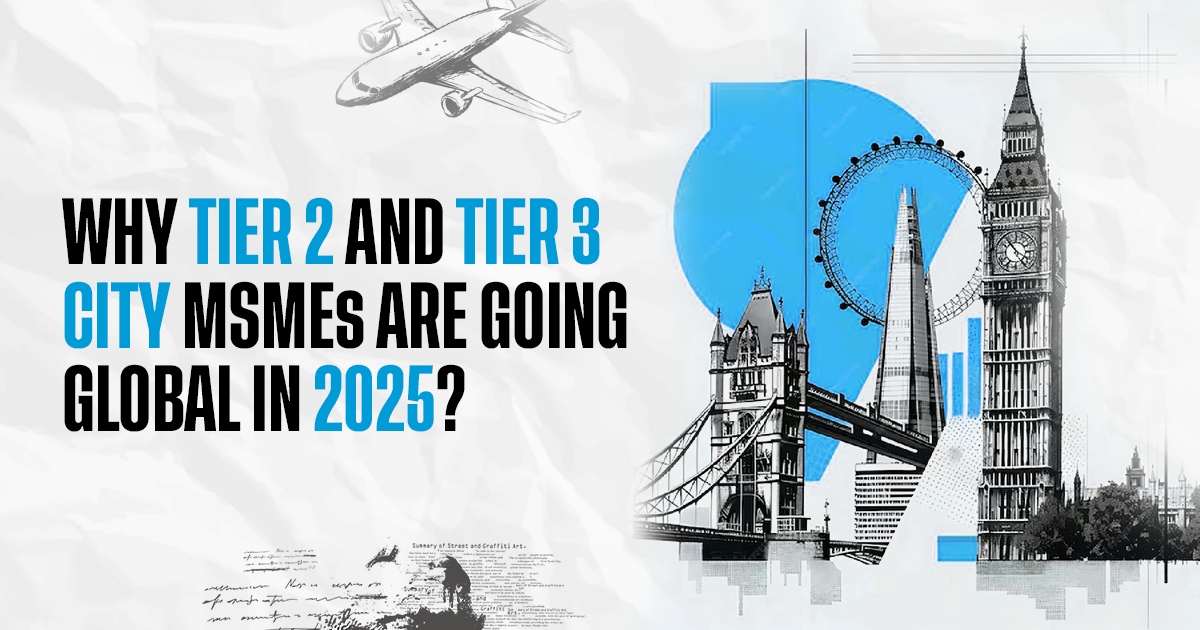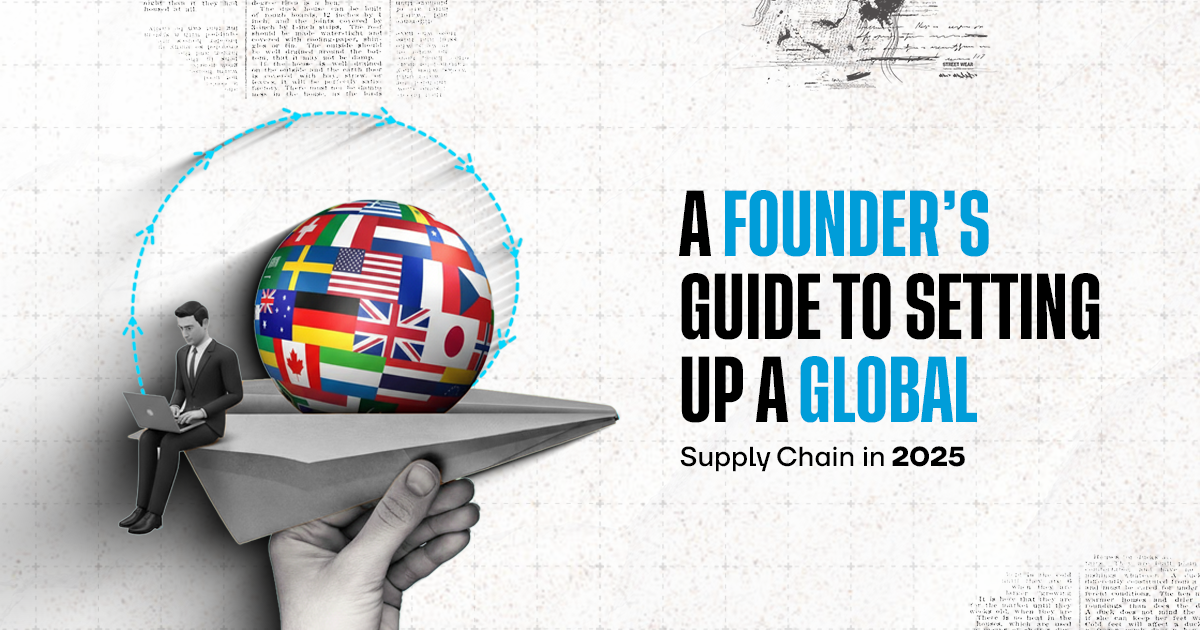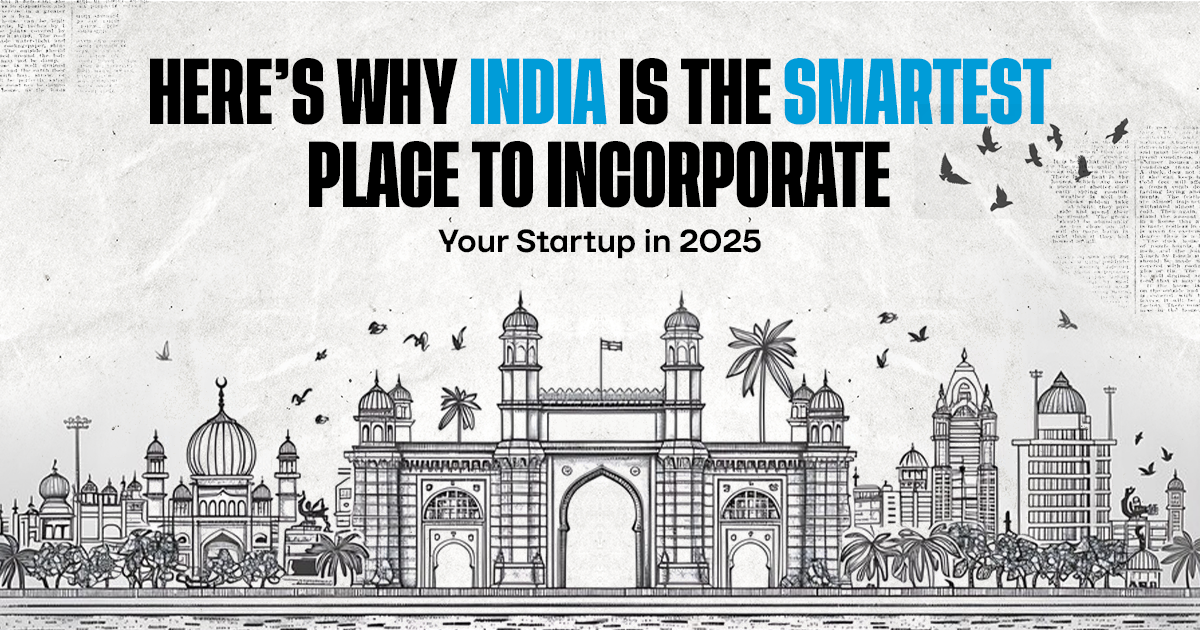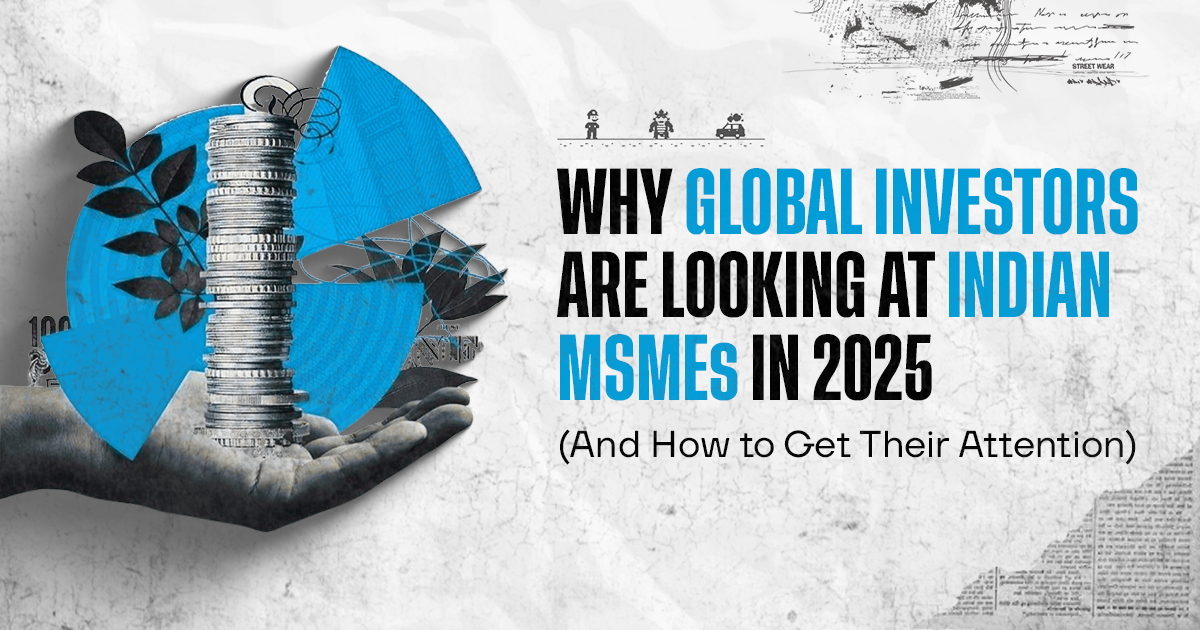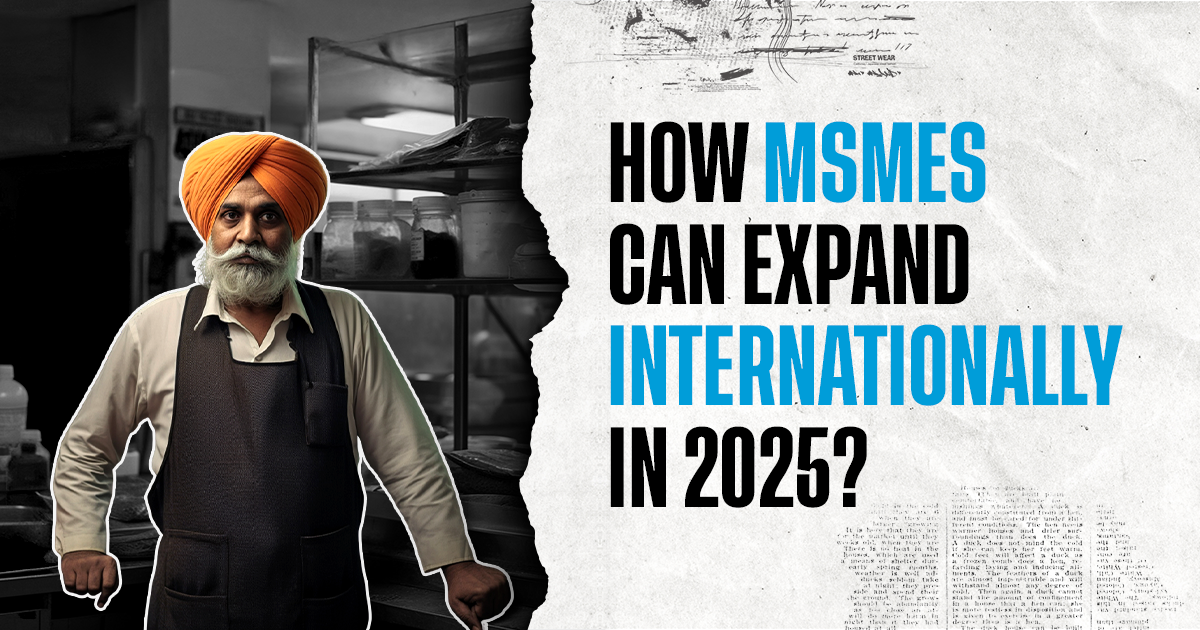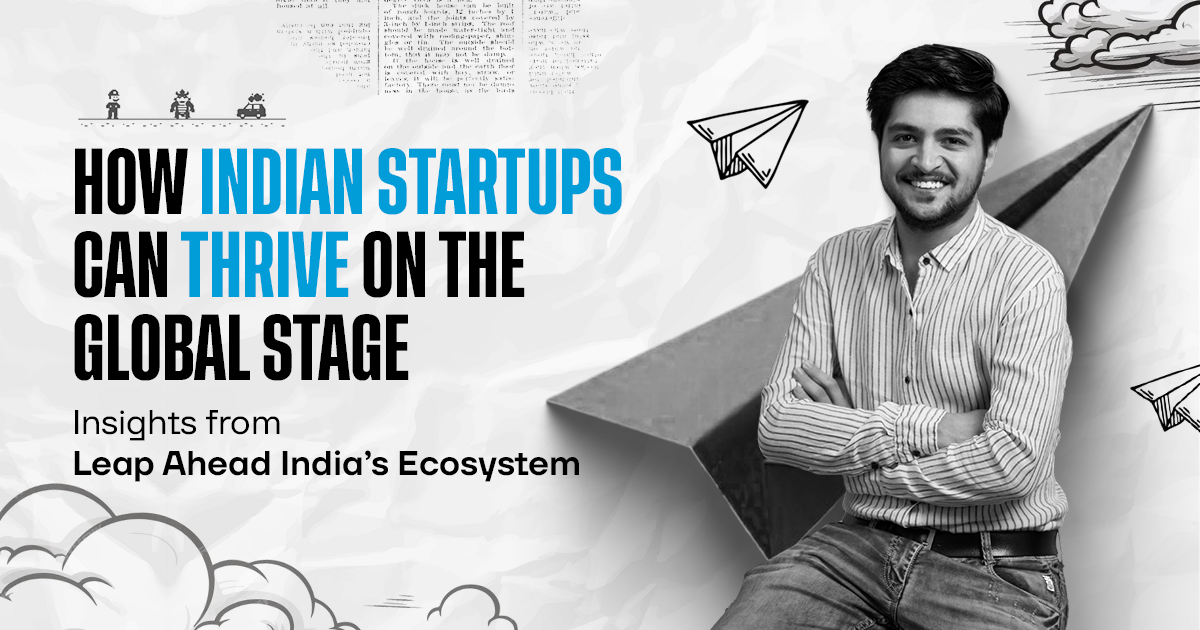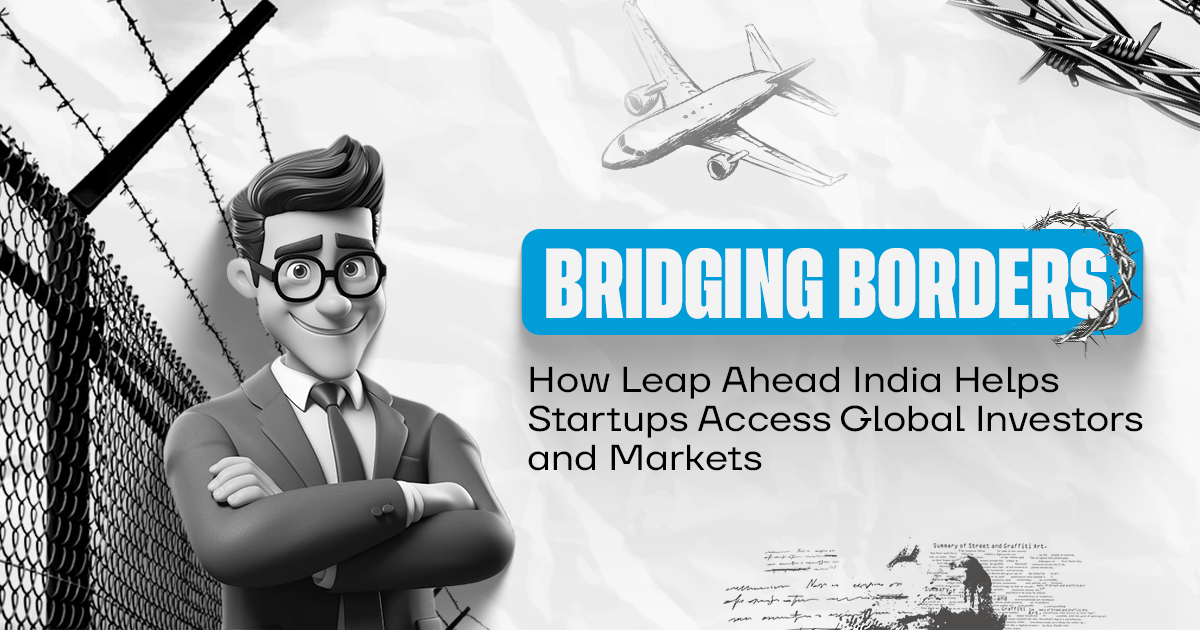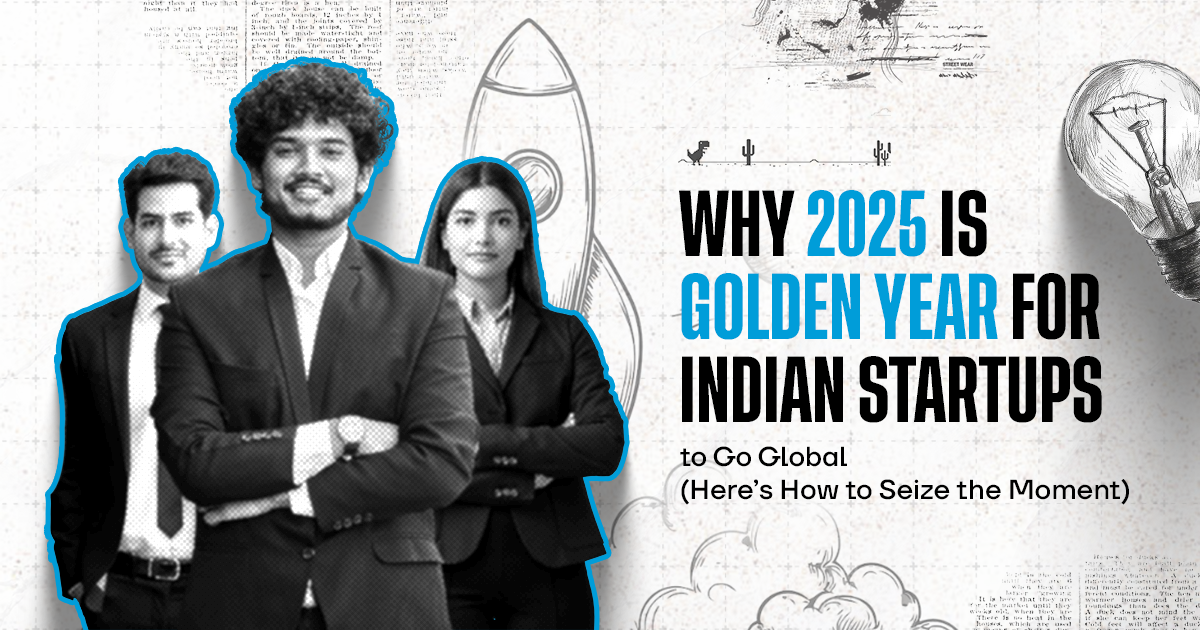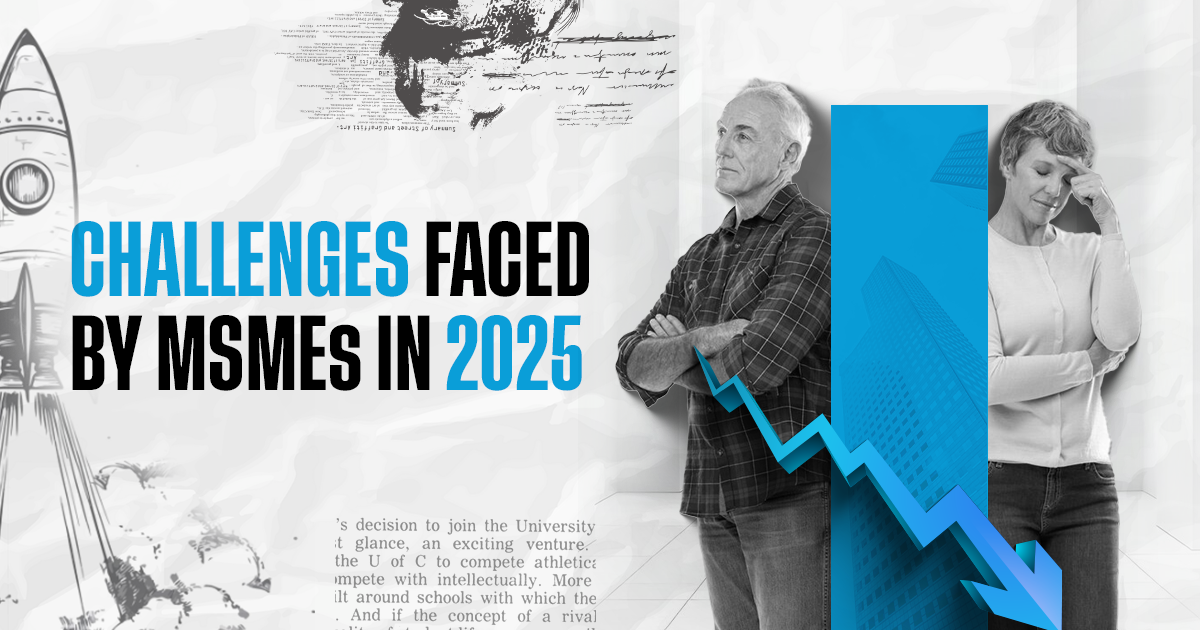
Challenges Faced by MSMEs in 2025
Introduction
Micro, Small, and Medium Enterprises (MSMEs) are the foundation of India's business. They contribute around 30% of GDP, provide millions of jobs and spur innovation across industries. However, as we move into 2025, the future of Indian MSMEs is rapidly changing. Alongside new opportunities, several roadblocks hinder their continued expansion.
At Leap Ahead India, we collaborate closely with entrepreneurs to overcome these obstacles. This is an analysis of the MSME problems in 2025 and how founders can address these obstacles.
1. Access to Credit and Finance
For a long time, one of the most significant problems faced by MSMEs has been getting easy, affordable, and low-cost credit. Even with schemes such as those offered by the CGTMS scheme (Credit Guarantee Fund Trust Small and Micro Enterprises), many businesses struggle to secure loans without collateral or face high interest rates.
While the number of lending platforms that are digital and fintech solutions are expanding but the gap between the need and availability of credit is still wide. In order for MSMEs to grow by the year 2025, banks must to develop faster and the founders should be active in exploring innovative financing solutions.
2. Compliance and Registration Hurdles
Running an enterprise of a small size has become easier over the last few years due to Microsoft's Online Registration portals. However, many entrepreneurs are unsure about the process for first-time entrepreneurs, particularly those unaware of the advantages that accrue from the registration of MSMEs.
The delay, insufficient documentation, and the lack of understanding about the programs can deter entrepreneurs from completing their MSME application process. In 2025, reducing compliance and improving digital literacy will be essential to ensure that Indian MSMEs get the required help.
3. Adapting to Digital Transformation
Digitalisation is no longer an option. From supply chain management to marketing management, each aspect of business is digital. However, a lot of Indian SMEs remain heavily dependent on old-fashioned methods.
The problem isn't just about the price, but also the mindset change required to adopt digital technology, such as cloud accounting, AI-driven analytics, or eCommerce platforms. Without digitalisation, small and medium-sized enterprises risk losing their competitiveness in the local and global markets.
4. Competition in a Globalised Market
The Indian MSME segment is being pushed to the limit not just from larger domestic corporations, but also from foreign firms that are attempting to enter India. Imports that are cheap, particularly from countries with lower costs, are a plus for smaller enterprises.
This is why small- and mid-sized businesses must focus on quality, innovation, and specialised markets. Utilising incentives from government agencies along with export-related benefits and international collaborations will allow them to stay relevant into 2025 and beyond.
5. Skilled Workforce and Talent Retention
Although India has a surplus of talent, small and mid-sized enterprises often struggle to recruit and retain highly skilled professionals. Larger companies can provide higher wages, better benefits, and more organised career pathways.
For MSMEs, this could translate into high turnover and increased cost of training. Establishing strong workplace cultures, training teams, boosting their skills, and providing flexible work hours can assist MSMEs in tackling this issue successfully.
6. Infrastructure and Supply Chain Bottlenecks
Despite advancements in connectivity and logistics, MSMEs continue to operate in areas with poor infrastructure. Inadequate transportation facilities, delays in transport warehouse facilities, and the increasing cost of inputs hinder the business processes.
By 2025, the problem will have only gotten more difficult due to disruptions to global supply chains. To survive, MSMEs need to adopt local-sourcing strategies, build stronger relationships with vendors, and invest in new tools for supply chain management that can enhance efficiency.
7. Low Awareness of Government Schemes
The government has enacted several programs and policies to aid MSMEs, such as credit assistance through the CGTMSE scheme and support for technological upgrades. However, a significant percentage of entrepreneurs are unaware of the opportunities available.
Without awareness, most eligible businesses do not benefit from these schemes, despite completing the MSME registration. A greater emphasis on programs to raise awareness, mentoring, or advisory services is vital in 2025.
8. Sustainability and compliance with ESG Standards
As partners and investors worldwide require eco-friendly practices, MSMEs are pressured to implement sustainable methods. Small-sized businesses are often not equipped to take these steps, be it waste management, energy efficiency, or ensuring compliance with ESG guidelines.
The balance between sustainability and cost-efficiency is a significant MSME concern for 2025. However, those who adapt earlier will gain greater access to investors and markets.
Conclusion
The importance of Indian MSMEs in the nation's economy is undisputed. However, the path to 2025 is full of obstacles that require determination, innovation, and the appropriate direction.
With Leap Ahead India, we aid entrepreneurs with compliance, credit, and global competition challenges. From streamlining MSMEs' application processes to assisting founders in gaining by using the CGTMSSE plan and other benefits, our mission is to ensure that small-scale businesses survive and grow.
The path ahead might be difficult; however, with proper strategies and guidance, MSMEs can turn these obstacles into opportunities for sustainable growth.


